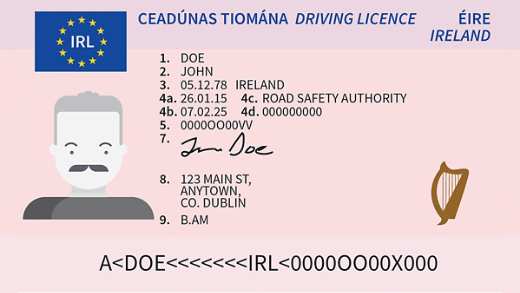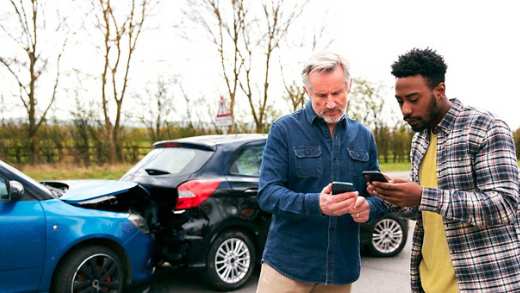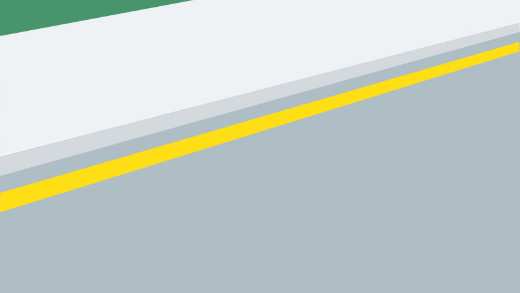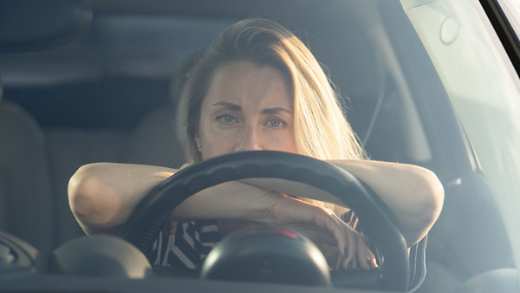Spring is in full swing and many of us have some well-deserved time off planned. Choosing to bring your car or rent a car while abroad allows that extra bit of freedom, especially if travelling with the little grandkids!
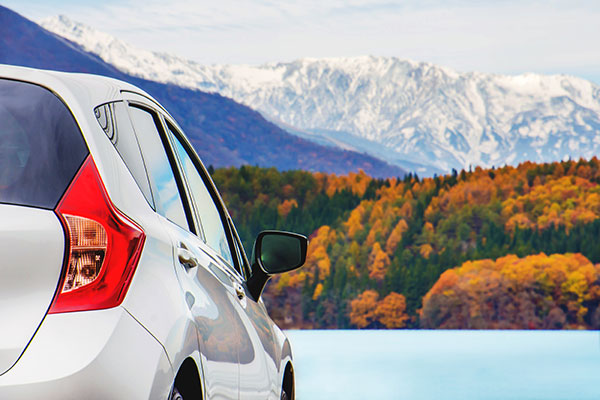
Did you know, that at Aviva, we will automatically extend your existing car insurance cover for any country within the EU, for up to 31 days. Before you head off on any trip it’s important to be aware of the driving rules and regulations in the country you’re visiting. To make it easier for you, we’re running through what you need to know when driving in Europe.
Requirements for driving in Europe
- If you have a satnav that alerts you to upcoming speed cameras you must disable this, as it’s illegal to have this function in many European countries.
- Check the speed limits of the country you are visiting, as they can vary from what we’re used to in Ireland.
- Bring your car registration documents, insurance documents, proof of ID and your driver’s licence to have in the car at all times when abroad.
- Check out some of the routes you’ll be driving through, wherever you visit. Some cities may have car free zones, limited traffic zones or one-way streets that will be handy to know about beforehand.
- If visiting Europe in the winter, have winter tyres fitted or else carry wheel chains/snow socks in your boot. These can be a legal requirement in winter in some European countries and snow chains can be tricky to fit if you’re not used to using them. You’ll need to be informed where wheel chains are legally required to be carried and manufacturers’ instructions for use and fitting them. Make sure you don’t exceed the maximum speed for the chains and try to avoid driving for long periods on asphalt with chains fitted (as this will reduce the life of the chains, may cause damage to the surface of the road and your tyres).
European car breakdown kit
Most European countries require you to carry some form of breakdown kit. To be on the safe side, be sure to have the following items in your car when driving in Europe:
- Warning triangle
- Headlamp adjustment
- Reflective jackets
- First aid kit
- Fire extinguisher
- Spare bulb kit
- Phone charger
Driving in Europe by country
There are certain rules and regulations that are country-specific:
- France: If you are driving in France from Ireland, you must always carry an unused and in-date breathalyser in your car. The breathalyser must carry the French certification mark NF. If driving in a low-emission zone such as Paris, Lyon, Lille, Marseille or Grenoble, you must display an air quality sticker on your car or face a fine of up to €135. There are six different kinds of certificates, based on the type of car you have. Click here to order yours in advance of travel.
- Cyprus: It is illegal to drive while eating, so keep your snacks for when you’re off the road!
- Greece: It’s against the law to smoke while driving in Greece.
- Italy: Traffic is restricted in some historical towns or areas, with only residents being allowed to drive. Choosing to bring your car or rent a car while abroad allows that extra bit of freedom, especially if travelling with the little grandkids!
- Germany: People commonly think that some German motorways do not impose a driving limit. However, a limit of 130km/h is in place. Built-up areas have a speed limit of 50km/h.
- Switzerland: You must purchase a motorway sticker if planning to drive on the motorway. These are sold at most petrol stations and also on the country border.
Important: Be sure to research the specific driving rules and laws of the country you are visiting in detail before you set off, as there will be variations on parking rules, motorways and tolls, traffic lights and penalties, depending on the country.
At Aviva, we offer car insurance cover for any country within the EU, for up to 31 days – please see your motor policy document for any exclusions.
Learn more about the great Aviva car insurance benefits.





